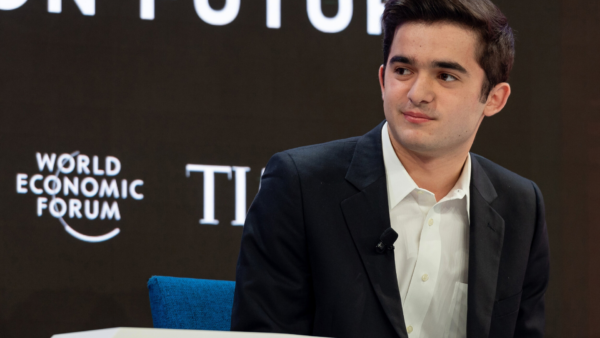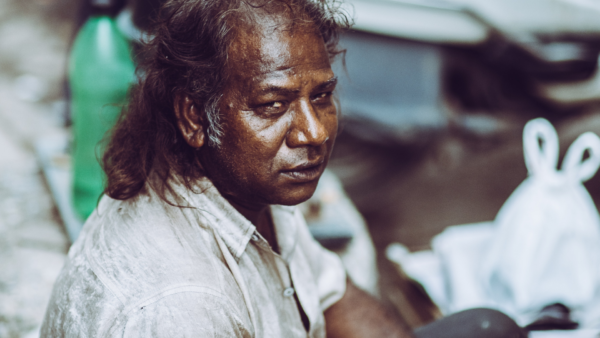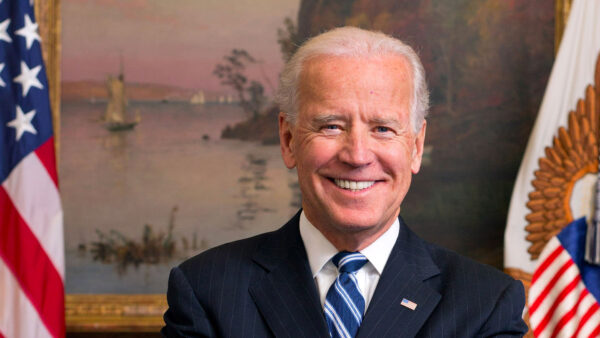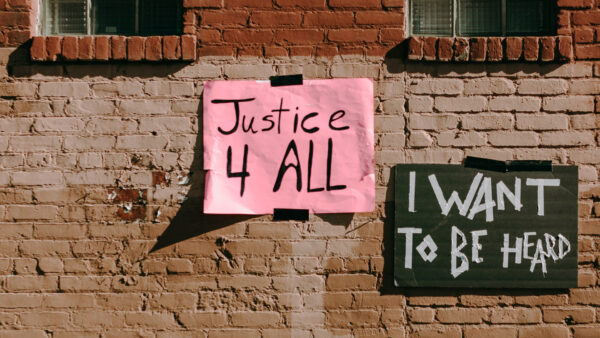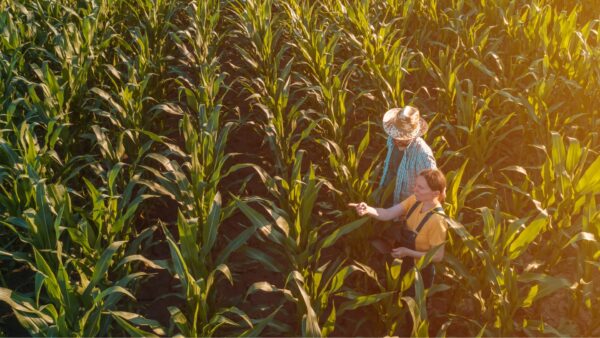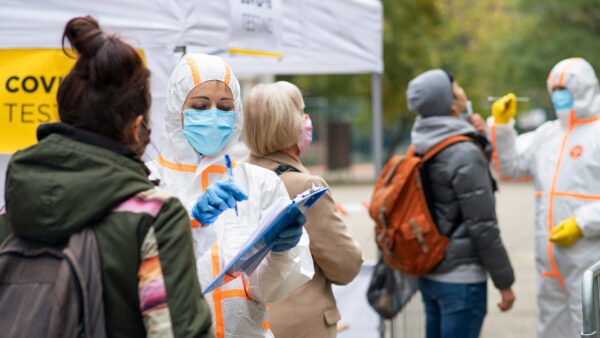How We Can Actually Promote Life on Land This April, According to Conservationists
Author: Jaxx Artz
The best antidote for climate anxiety is hope, and making even small changes in your life can give you the hope and energy we need to protect biodiversity on a global scale.
We hear it all the time: governments and corporations are the only entities that have the ability to tackle the climate crisis.
This particular brand of climate doom is partly true; in fact, the most recent IPCC report shared that one way we can prevent a 1.5°C temperature rise—laid out in the 2015 Paris Climate Accords—is if world leaders end their reliance on fossil fuels in favor of green energy sources.
But what it gets wrong is that individuals do hold some power, and not only by raising their voices so elected officials will hear them.
We can all take small steps to improve our relationship to our environment. If everyone started eating just a little less meat, for instance, scientists estimate we could reduce global CO2 emissions by up to eight billion tonnes per year.
And while some are reluctant to change their dietary habits, we shouldn’t let the pessimism of effecting little change keep us from trying. If we did, there would be no point in having the Global Goals at all.
There are a million things we could do to lead us towards a more sustainable future, but we don’t have to do them all at once. Changing just one habit has the potential to shift our mindset. Not to mention, we want to make sure that the actions we’re doing make sense not just for Life on Land but for our personal wellbeing, as well.
To wade through the clutter and learn exactly how to achieve this goal, The World We Want contacted two experts: Erin Sito, U.S. public policy associate at Wildlands Network, and Dr. Penny Langhammer, executive vice president at Re:Wild.
Here’s what they had to say about why promoting SDG15 is essential to our future and how we can all take steps to preserve Life on Land.

The World We Want: Why is the biodiversity of plant and animal species important to protect life on land?
Erin Sito: At the most basic level, our first lesson in biodiversity and ecological interconnectedness usually occurs through our food chain school lessons at a young age. One species eats another, then a larger species eats that species, and that relationship continues until we reach an apex predator at the top of the food chain. As this lesson goes, if you pull one species from the chain, there is a negative ripple effect on the rest of the ecosystem that can lead to extinction for some species.
This is an important lesson for our youth, but when we reach adulthood and inherit the responsibility to steward our land for future generations, it is crucial to expand on this knowledge and understand that we rely on entire ecosystems and biodiversity for more than we initially realized. For example, our international food supply is dependent on the continued survival of pollinator species. Without pollinators, many of the mass-produced crops we rely on would not survive, and the cost and time associated with manual pollination is not sustainable for feeding humanity in the long term.
Conservation organizations have calculated that the ecosystem services provided by plant and wildlife biodiversity provide us with roughly $175 million worth of services per year globally, which is more than two thirds of the global gross domestic product. Simply put, we do not have the monetary resources to support humanity in a world without healthy levels of biodiversity, so we must do all that we can to preserve what we have and restore what we have lost.
Dr. Penny Langhammer: Biodiversity of plant, animal and fungi species is critical to the overall health of our planet—and all life on it. A functioning ecosystem—one that provides people with clean air, clean water, and a stable climate—depends on all of its interrelated parts and this includes the wildlife that maintain those ecosystems.
Forests, grasslands, wetlands and oceans are only carbon sinks if the wildlife that lives there is also thriving. Every time a species goes extinct or populations crash, these ecosystems become less stable and less able to support the services we need to survive.
The World We Want: Are individual actions futile unless governments and corporations implement meaningful initiatives?
Erin Sito: It is so important that we not discount how our positive individual actions can have a positive cumulative impact. It is also crucial that we not discount our ability to help shape government policy and corporate decisions by raising our voices and voting with our dollars.
To provide the perfect example, in 2015, one Texas A&M student uploaded a video of her colleagues removing a plastic straw from the nose of a sea turtle. The public outrage caused large companies like Starbucks to drastically reduce the amount of single use plastic they provided to consumers. In America, at the state level, citizens lobbied lawmakers in eight states, including California and New York, to pass legislation banning the distribution of plastic straws, bags, and other single use plastics, which will ultimately keep more plastic out of our oceans and, in turn, help improve marine biodiversity.
Dr. Penny Langhammer: Safeguarding biodiversity—and our planet—is going to require a combination of individual behavior changes and systemic changes, which go hand in hand. Governments and corporations need to implement meaningful initiatives and meet or even exceed the sustainability goals that they have set, but collectively we can encourage the implementation of meaningful initiatives through our own behavior, whether it is eating more plants and driving down demand for meat, making our homes and businesses energy efficient, purchasing electric vehicles and driving development of EV infrastructure, etc.
The best antidote for climate anxiety is hope, and making even small changes in your life can give you the hope and energy we need to protect biodiversity on a global scale.
The World We Want: What are some examples of specific actions individuals can take to safeguard biodiversity, promote sustainability, and reverse land loss?
Erin Sito: To reverse land loss, we can try and reduce the amount we consume and waste, particularly with our food. By growing our own food at home or in urban garden spaces, we can help reduce the need to clear more land for agriculture. Additionally, by only buying the amount of food we need and composting any food waste, we can decrease demand and improve soil health, which improves biodiversity.
Other specific actions we can take at home to safeguard biodiversity include introducing native pollinator species to our yards and neighborhoods, turning off outdoor lights at night to encourage wildlife movement and improve seasonal nighttime migration for birds, ensuring that our family pets do as little as possible to disturb native wildlife and vegetation, and learning about the plant species and fertilizers that you introduce to your own backyard. Chemical runoff and invasive species seed distribution into watershed can be detrimental to aquatic biodiversity.
Lastly, if people have additional time, volunteers are always needed for local landscape restoration projects, and I would encourage interested individuals to get in touch with their local conservation groups to find out how they can use their free time and passion to improve their local habitats and bolster native biodiversity.

Dr. Penny Langhammer: There are lots of things individuals can do to safeguard biodiversity and curb climate change, but the most impactful action is to eat more plants!
We know that making a change to your diet can be daunting, but animal agriculture, specifically for cows and their feed, is the most prominent cause of deforestation, which leads to drier microclimates and drought, hot and fast-moving wildfires, and climate instability.
If we could rewild the land that big agriculture has destroyed for cattle ranching, nature would be able to heal and our planet would be in much better shape. Individuals can also vote for environmental champions at every level of government, reduce their food waste, compost, bike and walk to work, buy clothes and household goods second-hand, and install solar panels on their homes if they have the means to do so.
It is important to understand the reality of where we are in the climate crisis: many effects are already being felt and will not stop. Unless we do something now, this year, to curb our greenhouse gas emissions, terrible consequences will become unavoidable.
That reality also has an important caveat, which is that our work is paying off. Reports of global greenhouse gas emissions show that we’re in a better position to save our environment than before 2015 when we began moving away from business as usual. Part of that trend is because of citizens doing their part, from advocating for better policies to changing their own habits.
Both the Wildlands Network and Re:Wild offer resources for individuals to learn more about conserving Life on Land. By turning our climate anxiety into action, we can work together to change the world and build a more sustainable future.


